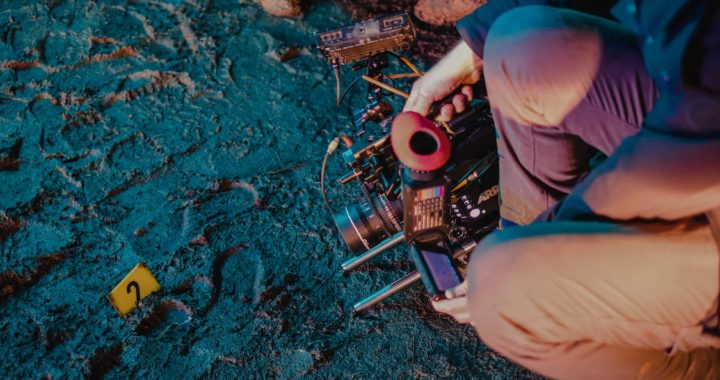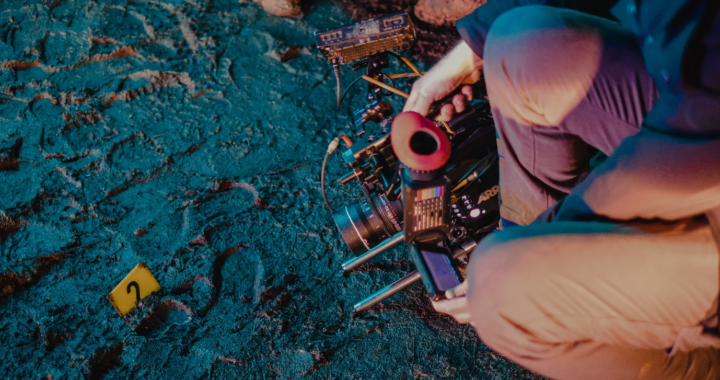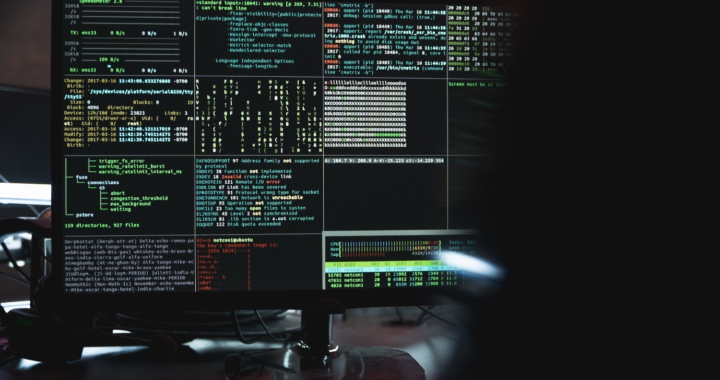As digital forensics become more common and significant in investigations, many people might get inaccurate ideas about how it works. However, that is understandable. People except digital forensics experts can’t understand how important digital evidence is and how it is collected, preserved, and analyzed.
Category Archives: Blog
The Role of Digital Forensics in Criminal Investigations
The science of digital forensics has been around since the 1970s. It has greatly evolved with the advent of new technological advancements and digital tools. Today, digital forensics has emerged as one of the most highly specialized fields, with its own standard practices.
It is used in a variety of areas, from criminal investigation to data theft and other cyber security issues. However, not everyone knows the importance of digital forensics in criminal investigations.
This blog will serve as a guide to help you understand its role. Keep reading to learn more.
How to Ensure the Admissibility of Video Evidence in Court
According to sources, video evidence plays a crucial role in approximately 80% of criminal cases. However, presenting digital evidence in court can be daunting, and you will be under a lot of stress. Due to this stress, you may make some mistakes that can affect the admissibility of your video evidence. If the opposing legal party finds out any shortcomings in your evidence, they will try to dismantle the entire case.
As a leading video forensic consultant in Florida, we have prepared a guide to help you ensure video evidence admissibility.
4 Criminal Cases Solved using Digital Evidence
Digital evidence in criminal cases has changed how investigators solve crimes. Almost every case has some digital evidence linked to it that helps forensics teams, investigators and authorities find criminals and take them into custody.
As a digital forensics service provider in FL, we have used some real examples to explain how digital evidence in criminal cases is used.
3 Mistakes to Avoid When Handling Digital Evidence
Digital evidence is fragile and volatile; even the smallest mistake during its handling can alter the content and make it inadmissible during legal proceedings. Evidence handling involves four major steps, such as identification, collection, acquisition and preservation—and you have to follow certain protocols to ensure data isn’t modified during these steps.
As a leading digital forensic consultant agency, our experts have explained common digital evidence handling mistakes, so you don’t make any.
A Complete Guide to Handling Digital Evidence the Right Way
Digital Evidence is increasingly assimilating into the world. The demand for digital forensics is predicted to proliferate over the next few years. Mobiles and the growth of the Internet of Things have made digital evidence more common than ever before. If you want to handle digital evidence in a way that’s not harmful, then read on as we tell you more.
Handling Digital Evidence
1. Identification
Before gathering digital evidence during the identification step, basic information regarding the cybercrime case is gathered. Similar to what is sought during a regular criminal investigation, this early information. The researcher aims to provide answers to the following queries:
- Who participated?
- What took place?
- When did the cyberattack take place?
- Where did the online crime take place?
- How did the online crime happen?
2. Collection
When it comes to cybercrime, the crime scene is not just the physical location of the digital devices employed in the crime’s commission and its intended victim. The digital devices that may contain digital evidence are also included in the cybercrime crime scene, which encompasses several digital servers, systems, and devices. The crime scene is guarded when cybercrime is noticed, reported, and/or suspected.
3. Acquisition
The following step is to get data from the gathered device. The equipment in question determines the particular acquisition technique. For instance, the procedure for removing data from a laptop differs significantly from that of a smartphone.
This procedure should, wherever feasible, be handled by experts. Taking a “forensic picture” could be preferable to manipulating the original copy, depending on the device’s state and contents. That calls for specific equipment and information.
4. Protection
The goal of evidence preservation is to stop digital evidence from being altered before it is again required. It can happen physically or digitally depending on what is better at handling the data. Management systems today are beneficial in this feat.
5. Analysis and Reporting
In addition to handling digital evidence, the data analysis process entails looking at and analyzing it (the analysis phase) and communicating the analysis results (reporting phase). In the analysis stage, data is analyzed, events are reconstructed, and digital evidence is taken from the device. Before beginning to analyze the forensic evidence, the lab’s digital forensics analyst must be told of the search’s goals, given some context for the case, and any additional information gleaned from the research that can help the forensics analyst at this stage.
Final Thoughts
Digital evidence handling requires a lot of effort as there are many steps in handling digital evidence effectively. The way to ensure that digital evidence is appropriately handled is by forming a team that will execute the process from start to finish. They must know how they must handle digital evidence for maximum efficiency.
For more information on digital evidence, read more on our website please visit us at www.eclipseforensics.com.
Risks and Challenges Involved in Digital Evidence and How to Prevent Them
The prevalence of digital evidence is on the rise. However, there are still certain risks associated with digital evidence since authentication is necessary where the internet is involved. There are ways to prevent the risk and challenges we face.
4 Advantages of Digital Forensics for Emerging Cyber Security Threats
Digital forensics is a response to the overwhelming degree of digital information present in the world as of late. Digital forensics processes are applied to a piece of digital evidence against a possible crime. Digital forensics, thus, don’t just serve a purpose in common crimes; they also serve a purpose in cyber attacks and cyber crimes, which are on the rise due to the vast expansion of the internet and the deep penetration of digital technologies.
We have listed some benefits of digital forensics for emergency security threats.
Why You Need to Redact Files Before Presenting to the Courtroom
The redaction has always been a big part of the evidence for court proceedings. Redaction can be of many different types, such as text redaction, image redaction, and video redaction. There are many reasons and ways that you can redact files. It’s imperative to redact files in this digital age so that many courts will require this.
All You Need to Know About Redaction in Digital Documents
Also known as document sanitizing, redaction is important for organizations and individuals to ensure their sensitive information remains hidden from the outside world. This mostly applies to those in legal, healthcare, financial, and government fields, where data security is of utmost importance.
With the increase of digitization, it has become easier to extract and exploit data for the wrong means. Therefore, a lot has changed in terms of redaction in the modern era to protect sensitive information. Redaction isn’t limited to physical documents but digital data such as images, audio, and video. What was done using a sharpie back in the day is now using artificial intelligence-backed tools and software.
Here’s all you need to know about redaction in digital forensics.










